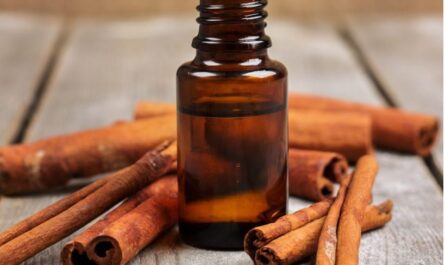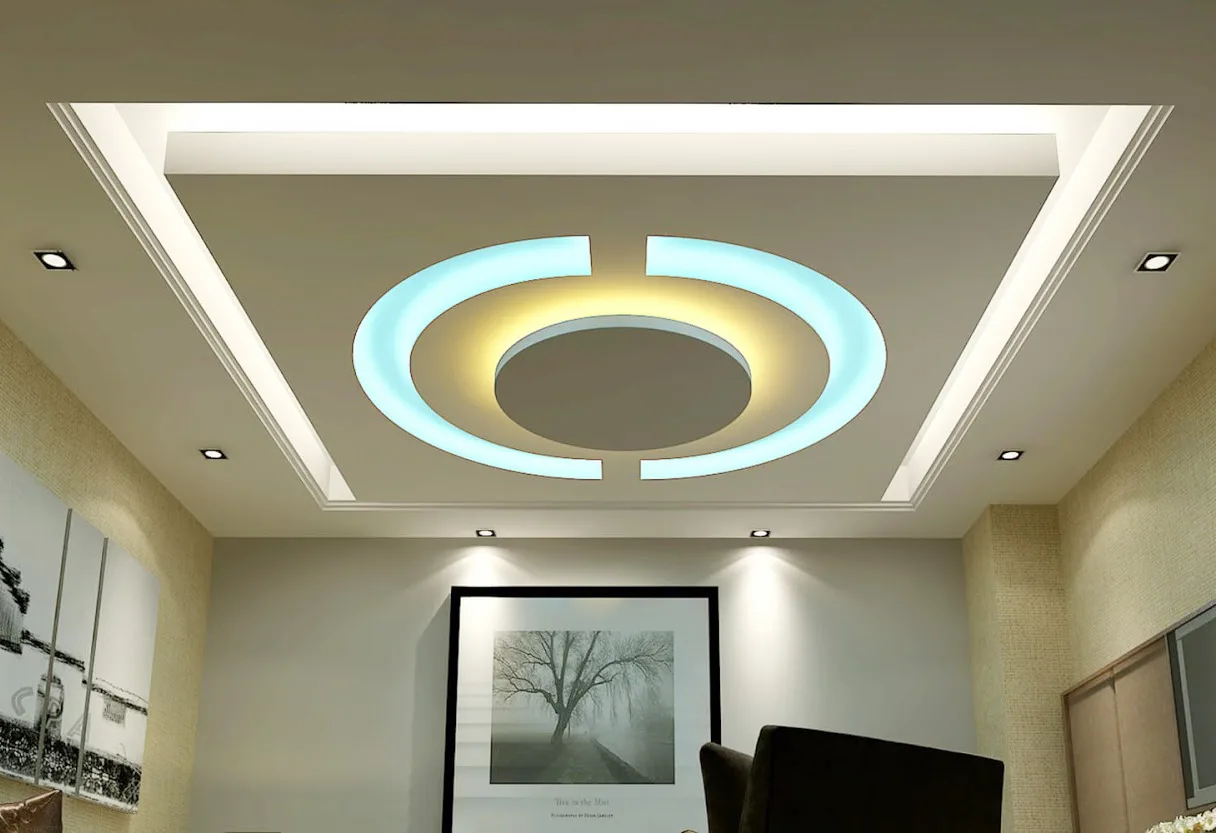Rise of Luxury Skin, Hair and Makeup Brands
Changing Consumer Preferences
One of the key trends seen in the cosmetics industry over the last decade has been the rise of premium and luxury beauty brands that offer high-quality ingredients and formulations. Consumers are increasingly willing to spend more on skincare, cosmetics and haircare products that they believe will deliver real, long-lasting benefits. As lifestyles become busier, people want multi-tasking products that simplify their routines while also producing visible results. This has led to increased demand for innovative, scientifically advanced formulas from prestige labels.
Brands have responded to these changing preferences by strengthening their research and development efforts. Many focus on clinical testing and formulations containing active ingredients backed by scientific studies. Ingredients such as hyaluronic acid, vitamin C, peptides, retinol, niacinamide and antioxidants are commonly featured in new premium product launches targeting anti-aging and complexion perfection. Consumers are also attracted to natural and organic claims, driving many brands to source organic plant extracts and essences for their serums, creams and cleansers. Transparency about sourcing and formulation has become important to shoppers looking to invest in better-for-you beauty.
Rise of Online Direct-to-Consumer Brands
Direct-to-consumer selling through brand websites and online specialty retailers has empowered new prestige labels to enter the market and upend traditional industry dynamics. Rather than relying on department store counters and spending marketing dollars on glossy magazine ads, these digitally native brands promote themselves through social media influencers, blogs and targeted digital campaigns. Strong content marketing strategies coupled with attractive introductory offers have made many newer prestige brands masters at acquiring customers online.
For example, Drunk Elephant quickly built a cult following on Instagram by featuring before-and-after images and reviews from satisfied customers. The brand sold exclusively through its own website and cult cream launches regularly sold out within days. Soon established department store favourites started taking note – Drunk Elephant launched in Sephora in 2016. Another popular online-born brand is Glow Recipe, known for its Korean beauty-inspired fruit-derived face masks and serums. With engaging Instagram posts reviewed by millions of followers, Glow Recipe has become one of Sephora’s fastest growing brands.
These new prestige brands have redefined the customer experience as more intimate and based on discovery through peer recommendations versus traditional ads. The shift to online discovery and sales allows smaller brands to enter the market and scale more quickly by leveraging social platforms and influencer marketing. It has changed industry power dynamics and appeal of prestige beauty.
Retail Innovation
As prestige beauty brands multiply, retailers are enhancing the shopping experience to stay relevant. Sephora leads the way with innovations like virtual try-on mirrors that allow customers to “test” different looks from the comfort of their homes. The Sephora app provides customized product recommendations and allows shoppers to add items to their Wish Lists for purchases or store visits.
Other retailers are unveiling augmented reality and virtual reality applications to make researching and discovering new products more entertaining. For example, Macy’s launched a “Beauty Balloon” augmented reality mobile app last year that uses animated balloons to guide customers to featured products around the store. Customers can tap balloons for product details, reviews and the ability to purchase items from their phones.
On the high-end, boutique retailers like Bluemercury invest in highly trained beauty advisors called “Artists” who provide complimentary tutorials and skin consultations. Customers can schedule makeup, fragrance or skincare lessons tailored to their needs and preferences. The focus is on education and building long-term relationships versus one-time transactions.
As competition heats up, innovation will continue reshaping the prestige beauty shopping experience both online and in physical stores. Immersive technologies, personalized services and opportunities for discovery through peer recommendations will strengthen bonds between brands and demanding new luxury customers.
Increased Globalization
Premium cosmetics brands have significantly expanded their global footprints over the last decade. Where they once only had a strong presence in the United States and Europe, major prestige companies like Estée Lauder, L’Oréal, Coty and Shiseido now report growing sales from the Asia Pacific region and elsewhere. Companies have invested in localized product ranges, manufacturing, marketing and education to cater to specific regional skin types, rituals and preferences.
For example, Estée Lauder acquired luxury Korean skincare brand Dr. Jart+ in 2008 to capitalize on the booming Korean beauty trend. Today Dr. Jart+ products are sold worldwide with formulations adapted for various climates. Japanese cosmetics giant Shiseido owns luxurious American brand Bare Escentuals and has successfully translated Bare Essence’s mineral makeup expertise into formats preferred in Asian beauty routines such as compacts over loose powders.
Premium brands have also been entering emerging luxury beauty markets like Latin America and the Middle East by adapting communications to regional cultures. As global travel and online connectivity increases exposure to international trends, local consumers in newer affluent markets are developing prestige sensibilities at younger ages. This is shaping a new generation of luxury customers worldwide and fueling double digit growth projections for premium cosmetics segments globally for years to come.




